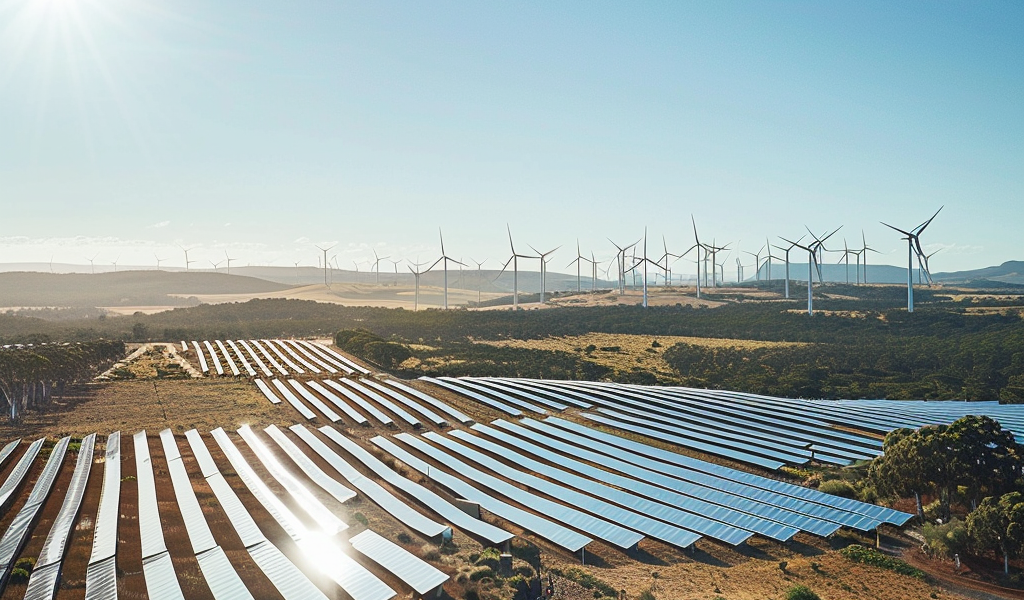The Western Green Energy Hub (WGEH) in Western Australia is set to become a landmark in the global green energy landscape. Covering an expansive area of 15,000 km² on Mirning territory, this ambitious project is estimated to cost around 75 quadrillion and will feature an impressive 25 million solar panels and 3,000 wind turbines. The primary aim of WGEH is to generate a new standard of green hydrogen, which is crucial for the future of sustainable energy.
As the world increasingly shifts towards renewable energy, WGEH is poised to play a significant role in transforming energy markets and bolstering regional economies. The project is not just another renewable energy facility; it represents a groundbreaking initiative focused on establishing a large-scale green hydrogen production hub. Collaborators on this project include InterContinental Energy, CWP Global, and Mirning Green Energy, all of which are committed to delivering a staggering 50 gigawatts (GW) of integrated wind and solar electricity generation.
This renewable energy will be converted into an estimated 3.5 million tonnes of green hydrogen annually, which is expected to replace fossil fuels across various sectors, including maritime transport, steel production, and more. By leading the charge in green hydrogen production, Australia is positioning itself as a key player in the emerging renewable energy economy and a potential global exporter of green hydrogen.
With its impressive scale, the WGEH will surpass existing renewable energy facilities in both size and power generation capabilities. The solar panels and wind turbines are designed to provide a continuous supply of energy, which is essential for producing green hydrogen—a clean energy source that does not emit greenhouse gases during its use.
The development plan for WGEH includes the construction of cutting-edge hydrogen conversion and ammonia storage facilities to meet production goals. This hub is expected to generate energy that can power industries while also significantly reducing carbon emissions, thereby setting new benchmarks for renewable energy production.
A key aspect of the WGEH project is its commitment to Indigenous engagement. The Mirning Traditional Lands Aboriginal Corporation, which represents the Mirning people, has secured a 10% stake in the project. This collaboration ensures that any economic benefits arising from WGEH will be shared with local communities, fostering a sense of ownership and participation in the project.
Given the project’s vast scope, it is anticipated to create thousands of job opportunities and long-term income prospects for the surrounding communities. Additionally, WGEH is dedicated to respecting the cultural heritage of Indigenous Australians, ensuring that their traditions and values are honored throughout the development process.
As the demand for sustainable energy solutions continues to rise, the WGEH stands as a beacon of innovation and environmental responsibility. It not only aims to meet the energy needs of the future but also seeks to empower local communities and promote economic growth while addressing the pressing issue of climate change.
In summary, the Western Green Energy Hub is more than just a renewable energy project; it represents a significant step towards a sustainable future. With its vast array of solar panels and wind turbines, WGEH is set to redefine the landscape of green energy, making a lasting impact on both regional economies and global energy markets.





